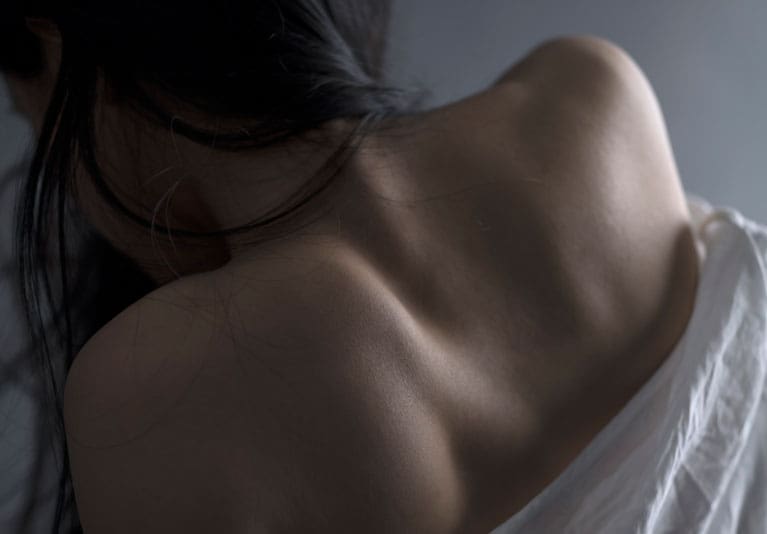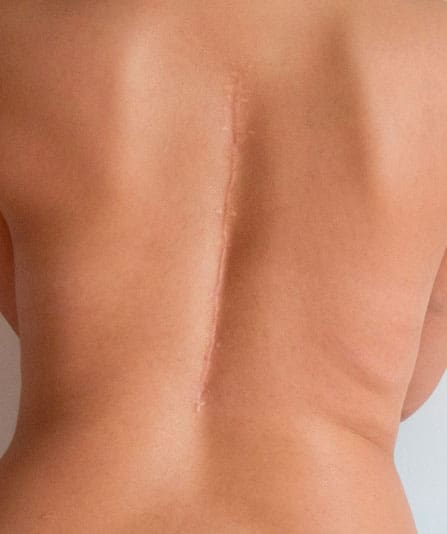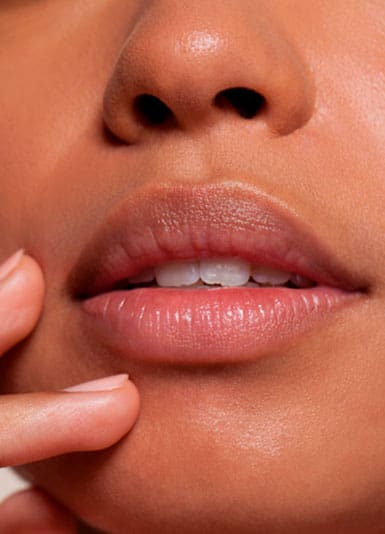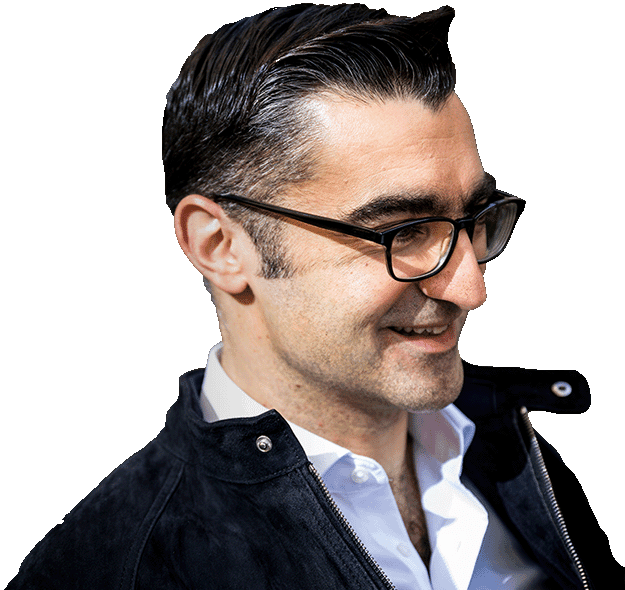Scars by Mr Ioannis Goutos
Stretched scars

Stretched scars are a particular type of scar that have a widened appearance once fully formed. Scars form following any injury or insult to the skin, such as a laceration, wound, surgical incision, self-harm injury or burn. As the injured skin heals, it undergoes a series of stages to repair itself and restore the skin integrity. In the final stages of scar formation, tough connective tissues, such as collagen, are laid down to give the skin mechanical strength. Stretched scars occur when the healing skin is exposed to mechanical stress. The tension across the healing tissue means that the collagen and connective tissues are laid down in a ‘stretched’ pattern, which may appear wider than the original wound. Stretched scars are typically flat or depressed from the surrounding skin and often pale in colour.
Stretched scars are similar to ‘stretch marks’ which are formed when the skin either expands or shrinks quickly (for example in rapid weight loss or gain or during pregnancy). This causes disruption in the connective tissues such as elastin and collagen within the skin resulting in the stretch marks, but there is no initial ‘break’ or injury to the skin itself.
Mr Ioannis Goutos is an expert plastic surgeon, with a particular academic and clinical passion for managing scars and burns. He has extensive experience in the assessment and treatment of individuals with troublesome scarring and is well placed to provide excellent surgical and non-surgical treatment options.
Book your consultation today
Book nowAbout this condition
Stretched scars are thought to arise through 2 different mechanisms. If there are extrinsic tensions across the skin during early scar formation, the repairing connective tissues are laid down in a ‘pulled’ pattern to try and counteract this tension. Alternatively, if there is high tension across a wound causing the edges to come apart before the healing is complete (known as dehiscence), then the skin will continue to heal in a delayed manner (known as secondary intention). This will result in a widened appearance of the final scar. These processes typically occur in the early stages of scar formation and maturation, usually within the first 3 months of healing, although this ‘stretching’ process can continue for up to 1 year until the final scar is fully matured.
The skin contains natural creases and folds in its structure, which represent areas of lower tension within the skin. Stretched scars are more likely to occur if the precipitating wound or laceration is not aligned with these natural creases of the skin. Individuals who have connective tissue disorders, such as Ehlers-Danlos syndrome, are of advanced age or have sun exposure-related damage to their skin are at a higher risk of developing stretched scars. Due to the way in which they form, stretched scars are most likely to appear on the limbs (particularly overlying joints where there is higher skin tension), or on the face.
Stretched scars can be unsightly and cause individuals to feel self-conscious. There are a number of treatment options available to reduce the appearance of troublesome stretched scarring.
Stretched scars following surgery can be avoided with careful pre-operative planning of incision lines, wound closure using tension-relieving techniques and good post-operative care. This may include the use of compressive garments or supportive tapes or dressings whilst the wound is healing, as well as avoiding any strenuous activity which may put additional stress on the healing skin. If stretched scarring is already established, possible treatment options include:
- Surgical revision of the scar (i.e. making small incisions in a ‘z’ shaped pattern to realign the tension within the scar)
- Injections to increase the volume of the scar, making it appear more level with the surrounding skin
It is important to discuss all of the treatment options available with an experienced clinician, who will be able to advise you on the best treatment plan for you and your skin. In some instances, a combination of procedures can be employed to achieve an optimal cosmetic outcome.

Testimonials
Mr Goutos is delighted to share some of his patient and peer feedback on their experiences of his services.











